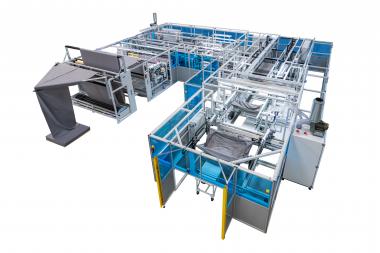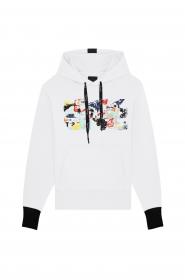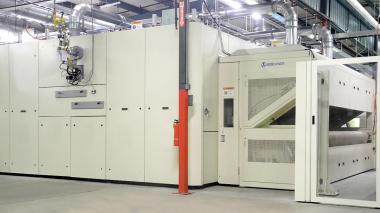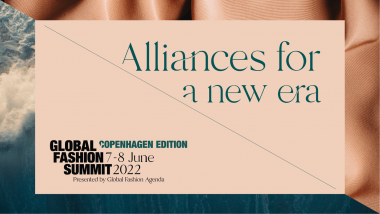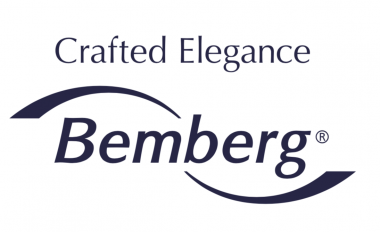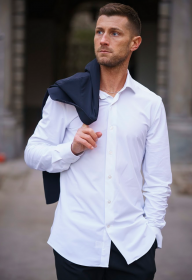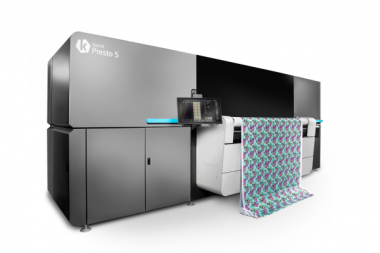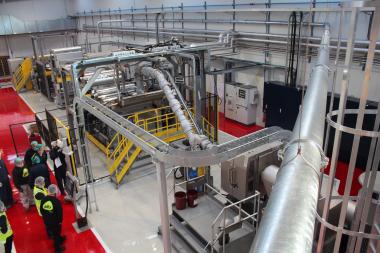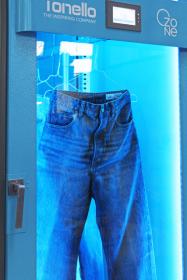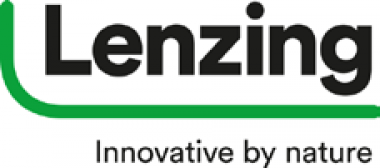Automatex: Full automation from the roll to the finished product
Automatex, a member of TMAS, the Swedish textile machinery association, has recently supplied a number of its latest Industry 4.0-enabled automatic fitted sheet systems to customers in Europe.
The Automatex model FDC-77735-B90D-EC system enables the full production and folding of six fully-fitted sheets per minute – approaching 3,000 an average shift – overseen by a single operator and eliminating many of the repetitive cut and sew operations of the past. Elastics insertion – usually a highly complex labour-intensive task – can be on all four sides of the sheet, two, or simply within the corners, depending on customer specifications.
Fabric is fed directly from the roll, with precise edge guiding and tension control, into a length-wise hemming and elastics insertion section with adjustable tension devices, before being measured and cross cut in an accumulator. It is then transferred to the cross hemming section, again with elastics insertion.
A side drop forming unit pre-forms the sheet before it is transported by a multi-axis clamp conveyor system to the corner sewing section, consisting of left and right overlock sewing heads. Here, the corners are robotically sewn at 90 degrees and labels are also attached when specified.
Further customised systems for folding are also supplied as required.
TMAS / AWOL Media


